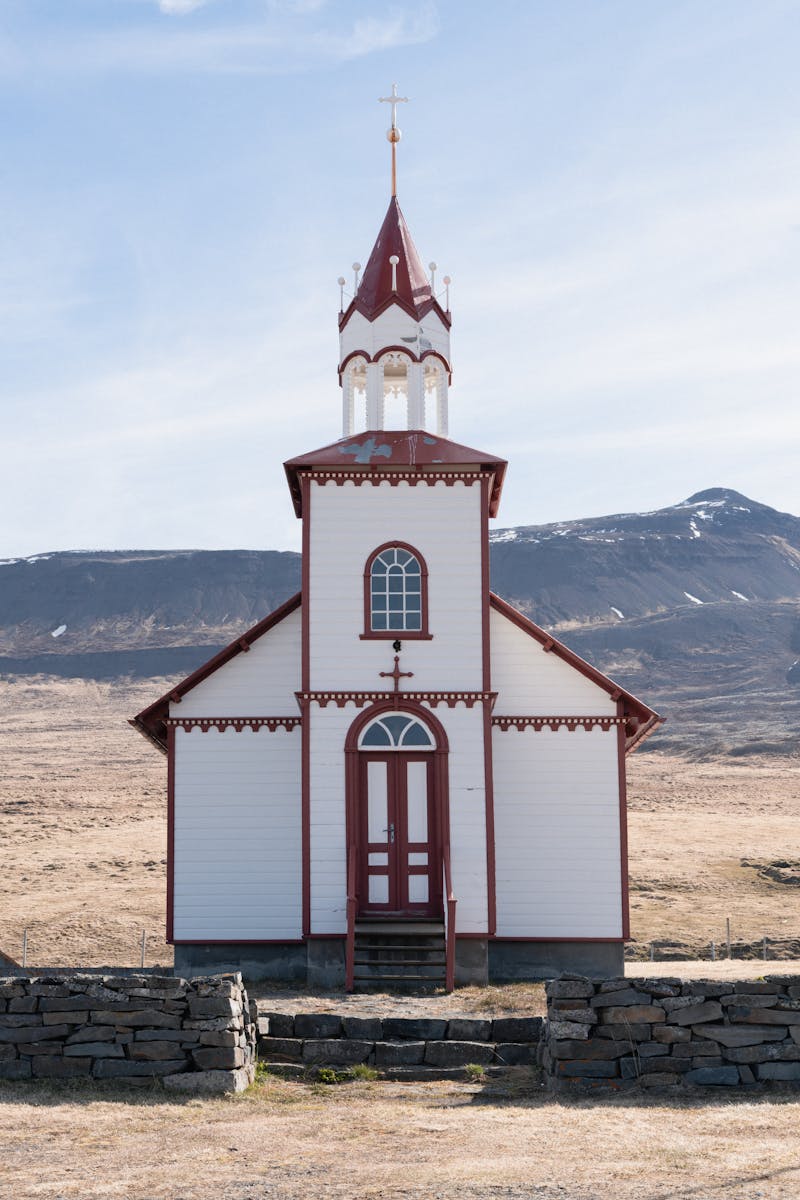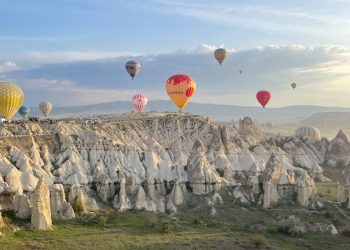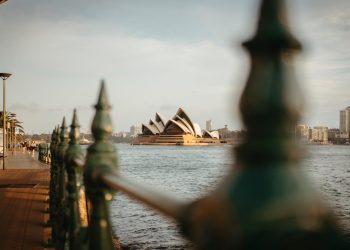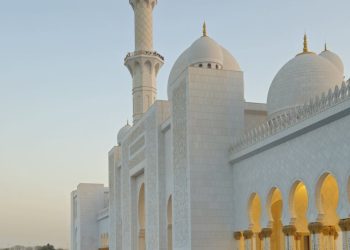In every corner of the globe, people gather annually in bursts of color, music, ritual, and community—honoring traditions that long predate smartphones, skyscrapers, and digital calendars. From the intricate lanterns of China’s Mid-Autumn Festival to the communal bonfires of Diwali, from Mexico’s Día de los Muertos to the rhythmic drumming of West African Yam Festivals, traditional celebrations form a living bridge between the past and the present.
While these festivals are often seen through the lens of cultural spectacle—an opportunity to dress up, eat special food, or enjoy a public holiday—their true power lies far deeper. Traditional festivals are not just about remembering old stories; they are active forces of continuity. They preserve language, reinforce values, pass on intangible knowledge, and remind communities who they are.
The Heartbeat of Cultural Identity
At their core, traditional festivals are vessels of collective identity. They crystallize centuries of inherited knowledge and moral lessons into vivid, communal experiences. When a child in Japan joins their family in hanging decorations for Tanabata, or when a Ghanaian teenager learns the meaning behind the Homowo harvest rituals, they are not just partaking in fun—they are being initiated into a shared memory that outlives generations.
This shared memory is especially vital in diasporic and indigenous communities where languages and traditions face erasure. For instance, among Native American tribes, powwows are more than ceremonial gatherings—they are acts of resilience, restoring spiritual and cultural practices once suppressed. Similarly, Lunar New Year celebrations among Chinese communities abroad serve as cultural anchors, tying the first-generation child in Toronto or Sydney to a lineage they may never physically visit.
In a world increasingly shaped by homogenized culture and instant gratification, traditional festivals provide a necessary tether to something older and slower. They are the heartbeat of cultural endurance.
Ritual as Resistance
Many traditional festivals began as a response to external forces—seasonal changes, agricultural cycles, or spiritual cosmologies. Over time, they have also become quiet (and sometimes not-so-quiet) forms of resistance.
Take Nowruz, the Persian New Year celebrated across parts of the Middle East and Central Asia. Its roots go back over 3,000 years, predating Islam and Christianity. Despite various political regimes attempting to suppress it, Nowruz continues to be practiced, quietly defying homogenization and political censorship. In this way, festivals become subversive. They can assert dignity, reclaim space, and restore forgotten narratives.
Even in colonized contexts, traditional festivals have acted as coded resistance. Enslaved Africans in the Americas were often allowed a single day off—typically around Christmas. That one day, they transformed into Jonkonnu in Jamaica or Junkanoo in the Bahamas: vibrant, masqueraded processions laced with African drumming and European parody. While the colonizers watched bemused, these were not just spectacles—they were messages. Underneath the rhythm and laughter lay survival, irony, and coded pride.
Transmission of Values and Morality
Traditional festivals are not static displays of heritage; they are moral texts come alive. Their symbols, myths, and customs contain teachings about how to live, how to die, and how to relate to others and the Earth.
Consider the Hindu festival of Holi, where boundaries of caste and class momentarily blur as people douse each other in color. Beyond the joy lies a subtext: a celebration of love, a story of devotion overcoming tyranny, and a subtle critique of rigid social divisions. Similarly, the Jewish festival of Passover, with its Seder rituals and retelling of the Exodus, functions as both religious observance and a potent lesson on liberation, memory, and justice.
Even festivals that appear primarily secular—like Carnival in Brazil—carry embedded messages. They invert power structures, offering a temporary world where rules are suspended. But that very inversion highlights the structures themselves, often pointing to inequalities, histories of slavery, and class struggle.
In each case, the participants are not merely revelers—they are interpreters of wisdom handed down in the form of rhythm, food, gesture, and storytelling.
Reconnecting in a Disconnected Age
Modern life often pushes individuals toward isolation: we work behind screens, scroll endlessly, and speak in emojis. In this landscape, traditional festivals offer rare occasions of true community. They encourage intergenerational exchange, public gathering, and collaborative preparation.
The process leading up to a festival—cooking, rehearsing, crafting, remembering—is itself sacred. It reestablishes family roles, neighborhood bonds, and collective purpose. For elders, it’s a time to teach. For children, a time to inherit. And for everyone, a time to belong.
Take, for instance, the intimacy of baking mooncakes for Mid-Autumn Festival, or the way entire villages in India coordinate to prepare for Navratri. In these acts, people do not just preserve a tradition—they perform community.
This stands in stark contrast to many modern holidays, which often revolve around individual consumption rather than collective participation. Traditional festivals offer the antidote: they are about being with, not just doing for.
The Universal in the Particular
While rooted in specific places and histories, traditional festivals often speak to universal human concerns: the cycle of life and death, the need for belonging, the struggle for justice, the yearning for renewal.
Take Día de los Muertos. Though distinctly Mexican, its core message—the honoring of ancestors and the embracing of mortality—resonates globally. Or think of harvest festivals, from Thanksgiving in North America to Pongal in Tamil Nadu. Each expresses gratitude for sustenance and the collective labor it requires.
In this way, traditional festivals bridge the particular and the universal. They allow people to celebrate what makes them unique while affirming what binds them to others. In an era of cultural misunderstanding and polarization, these rituals become tools for empathy.
A Call to Preservation
But these festivals do not sustain themselves. Globalization, urbanization, and cultural commodification all threaten their depth. Some festivals risk being reduced to sanitized performances for tourists, stripped of meaning. Others fade as younger generations emigrate or assimilate.
To keep these festivals alive is not to resist modernity—it is to enrich it. A society that remembers its traditions is not backward-looking but forward-rooted. As climate change challenges our relationship to nature, and as social isolation erodes mental health, the values embedded in traditional festivals—seasonal awareness, interdependence, reverence—feel not only relevant but urgent.











